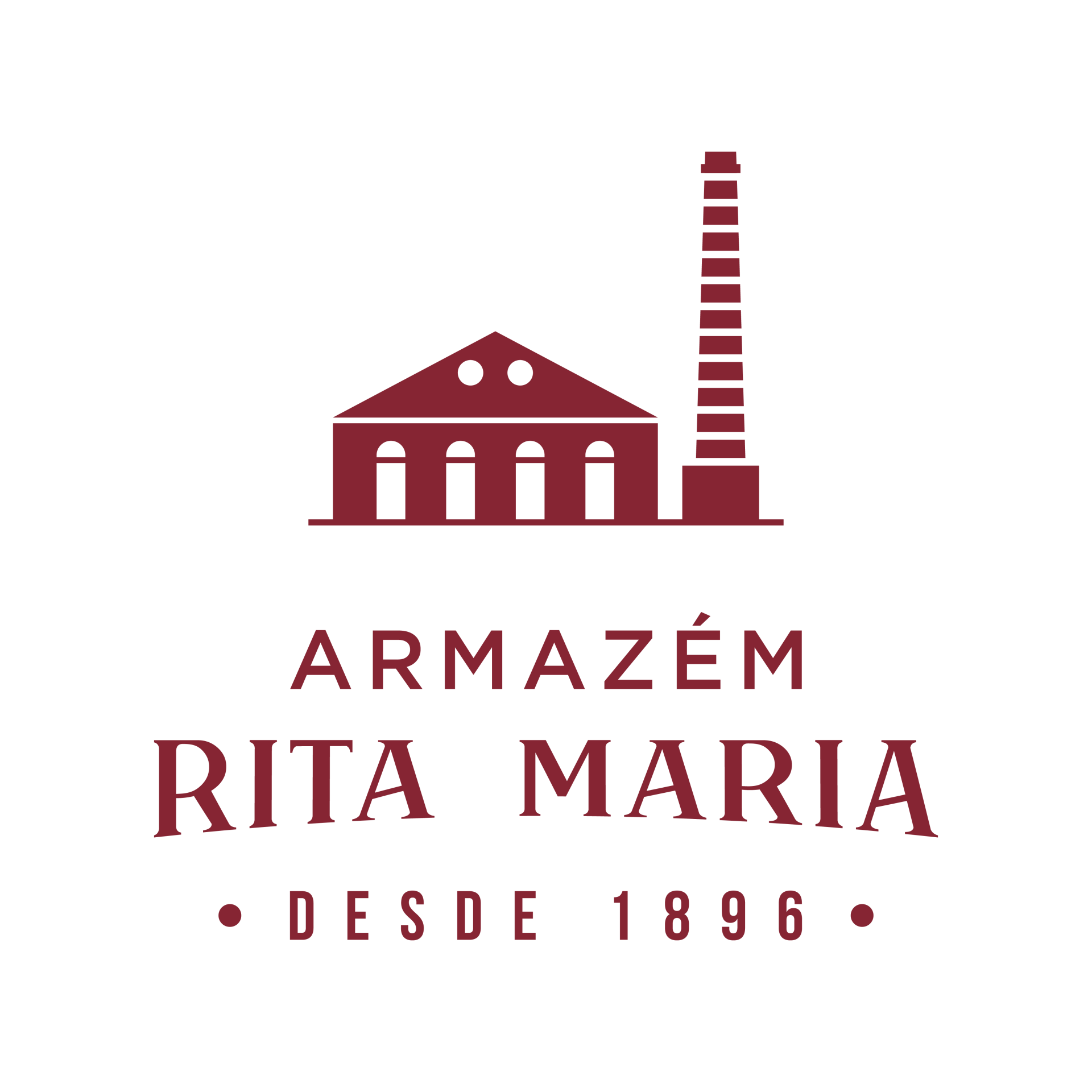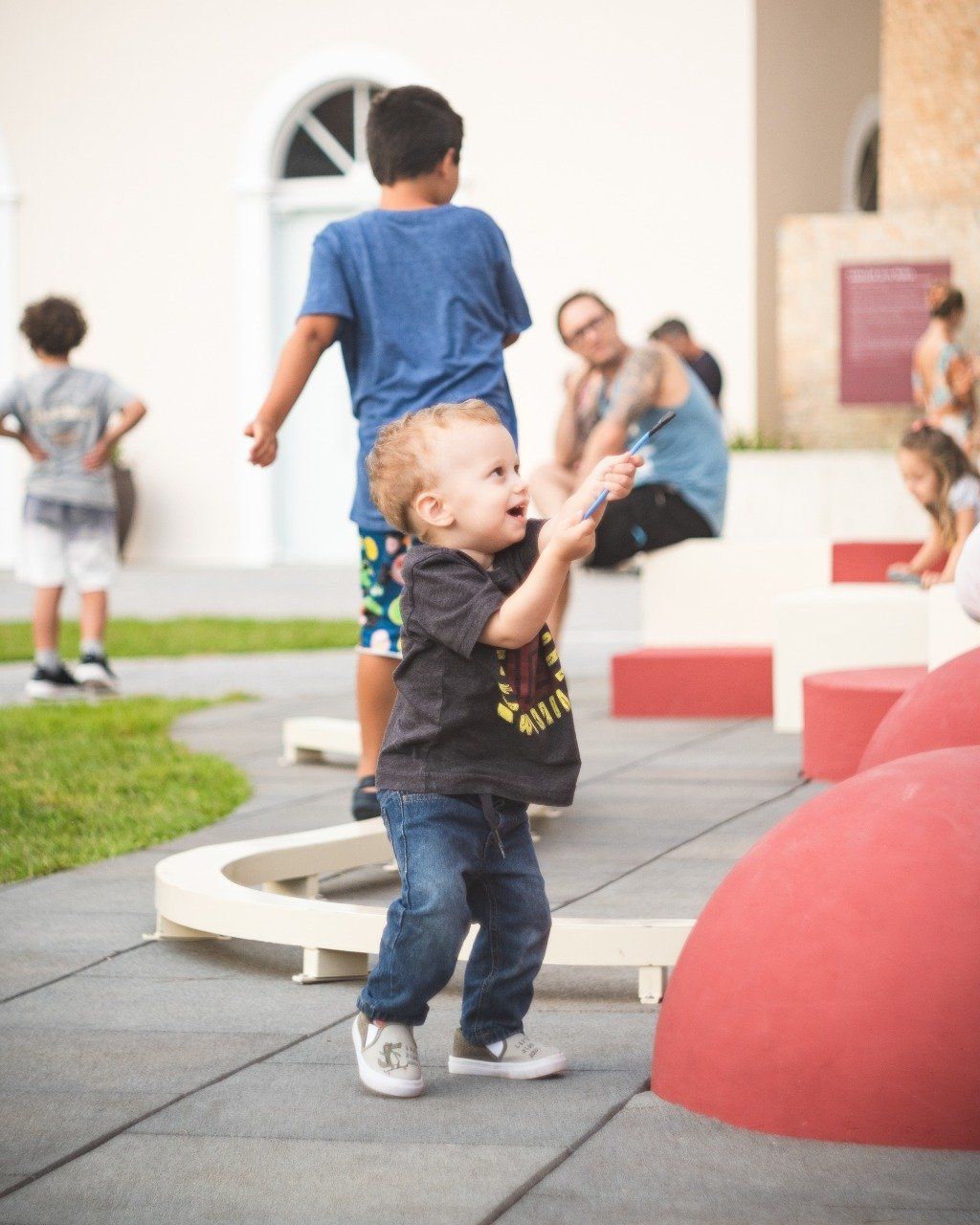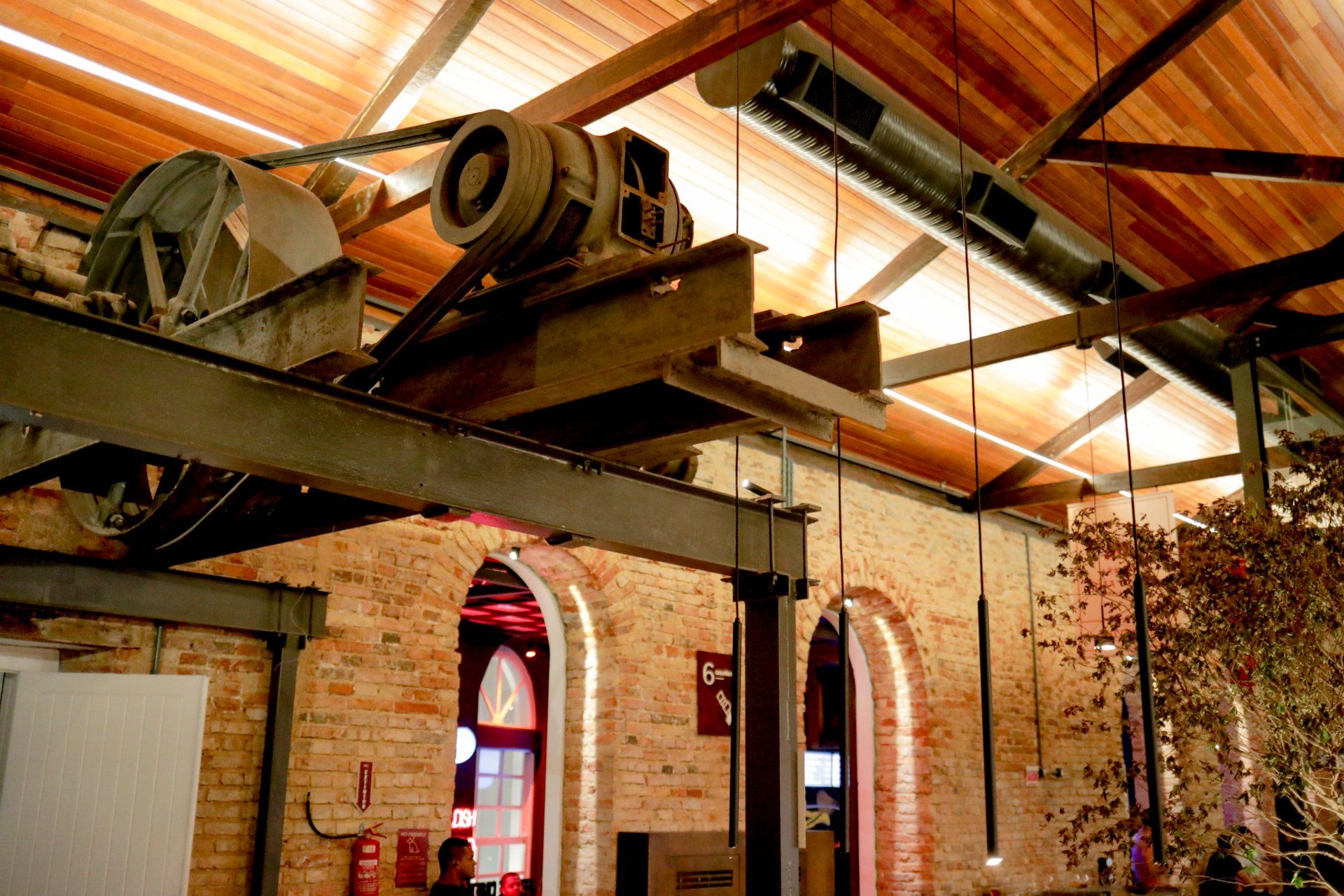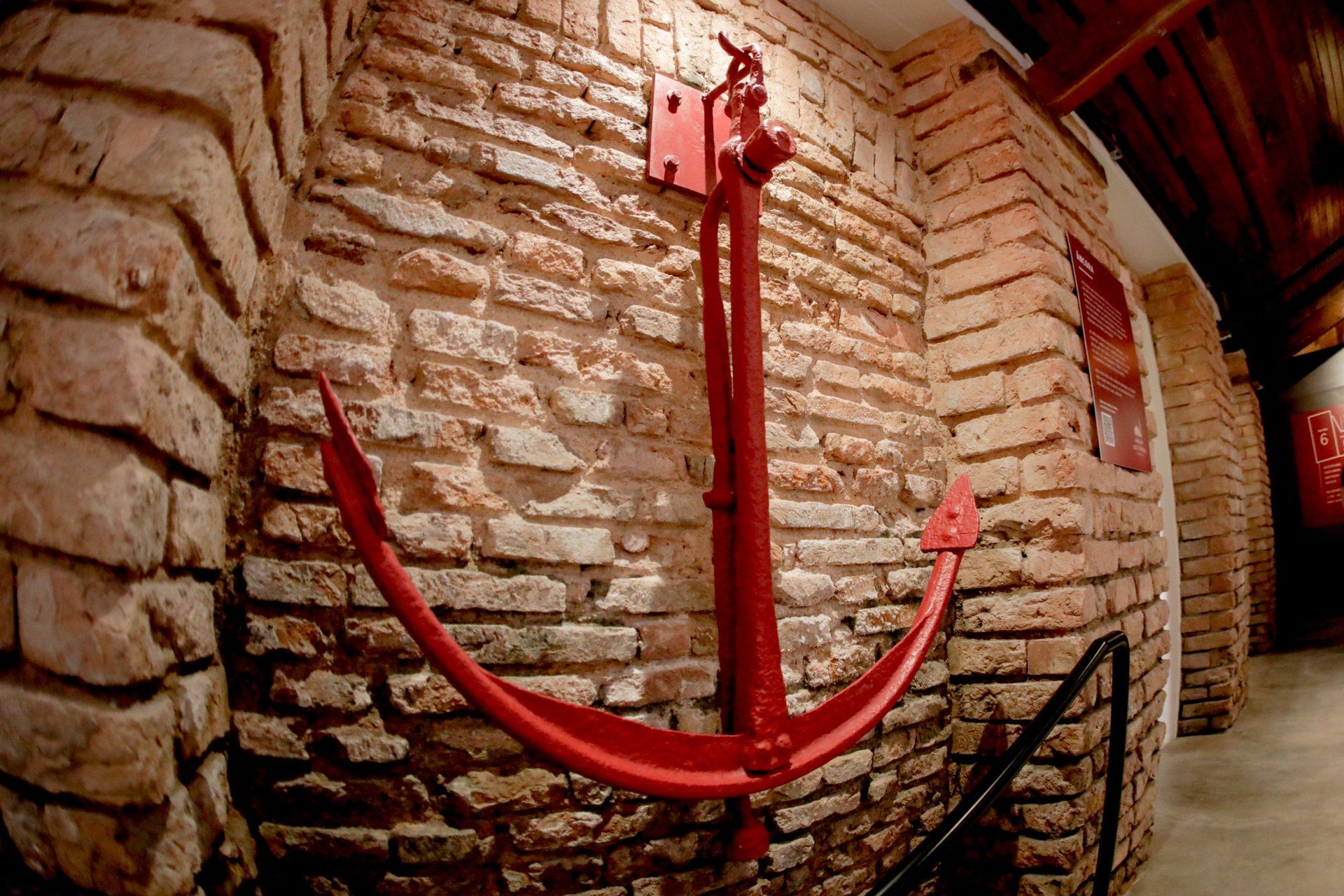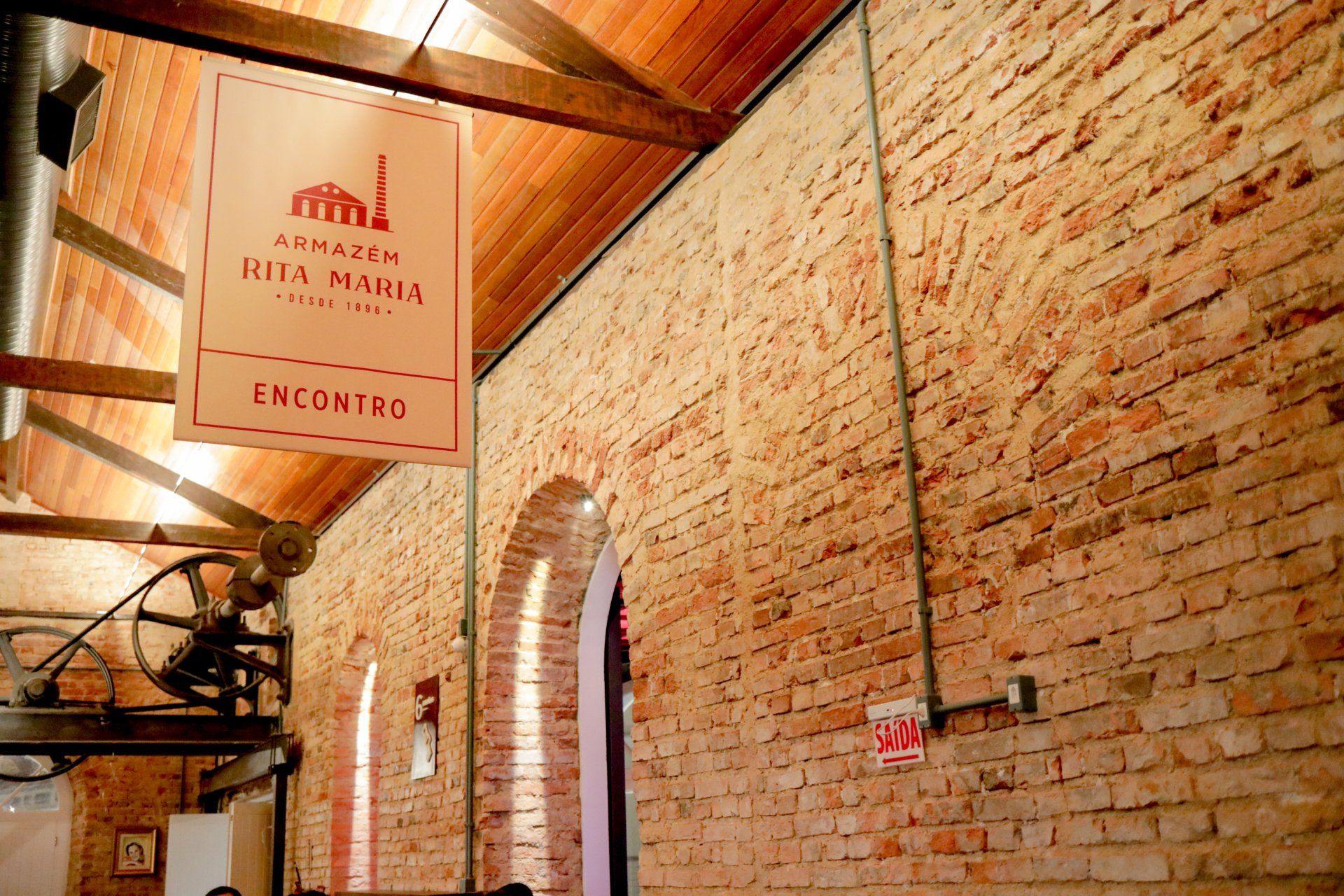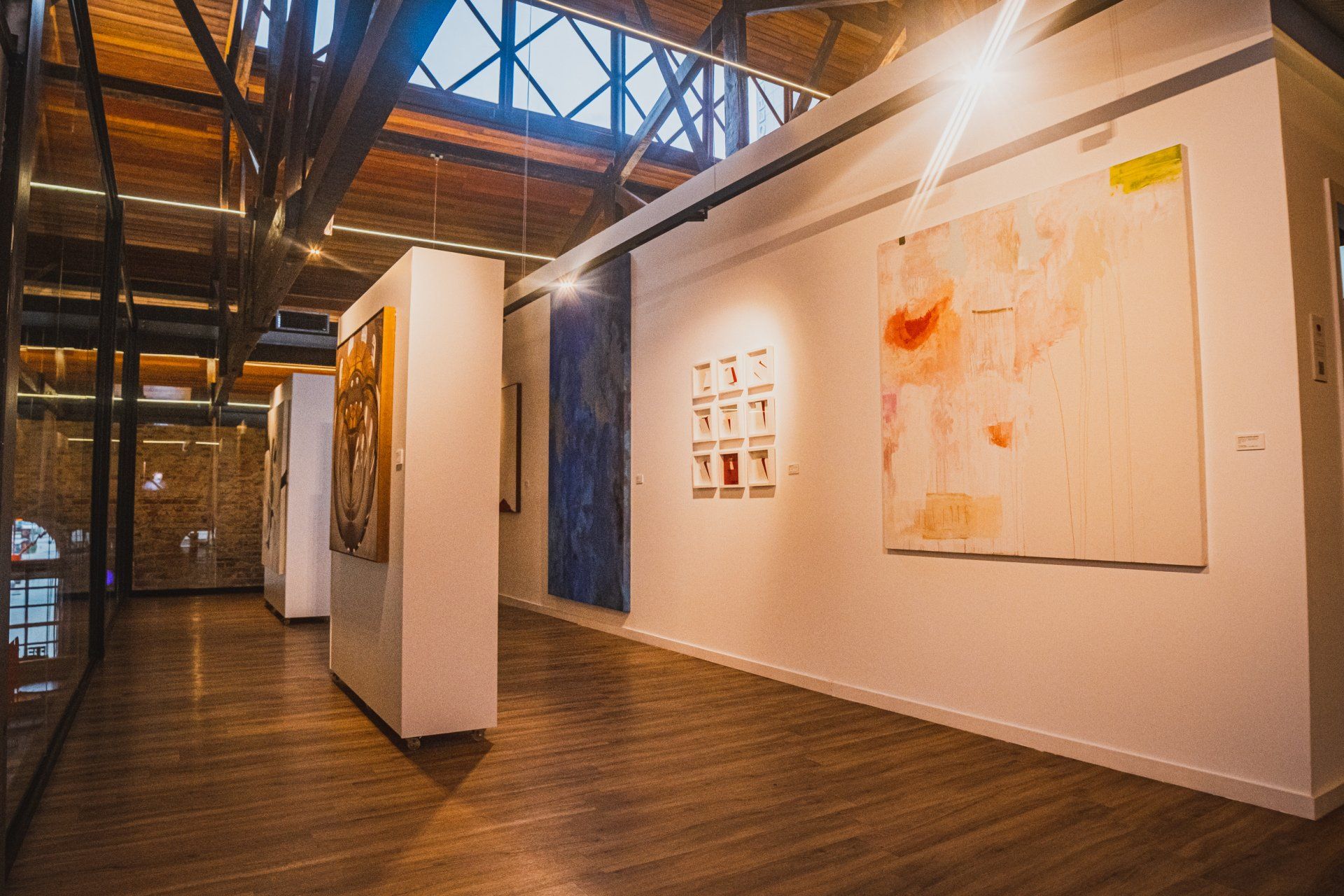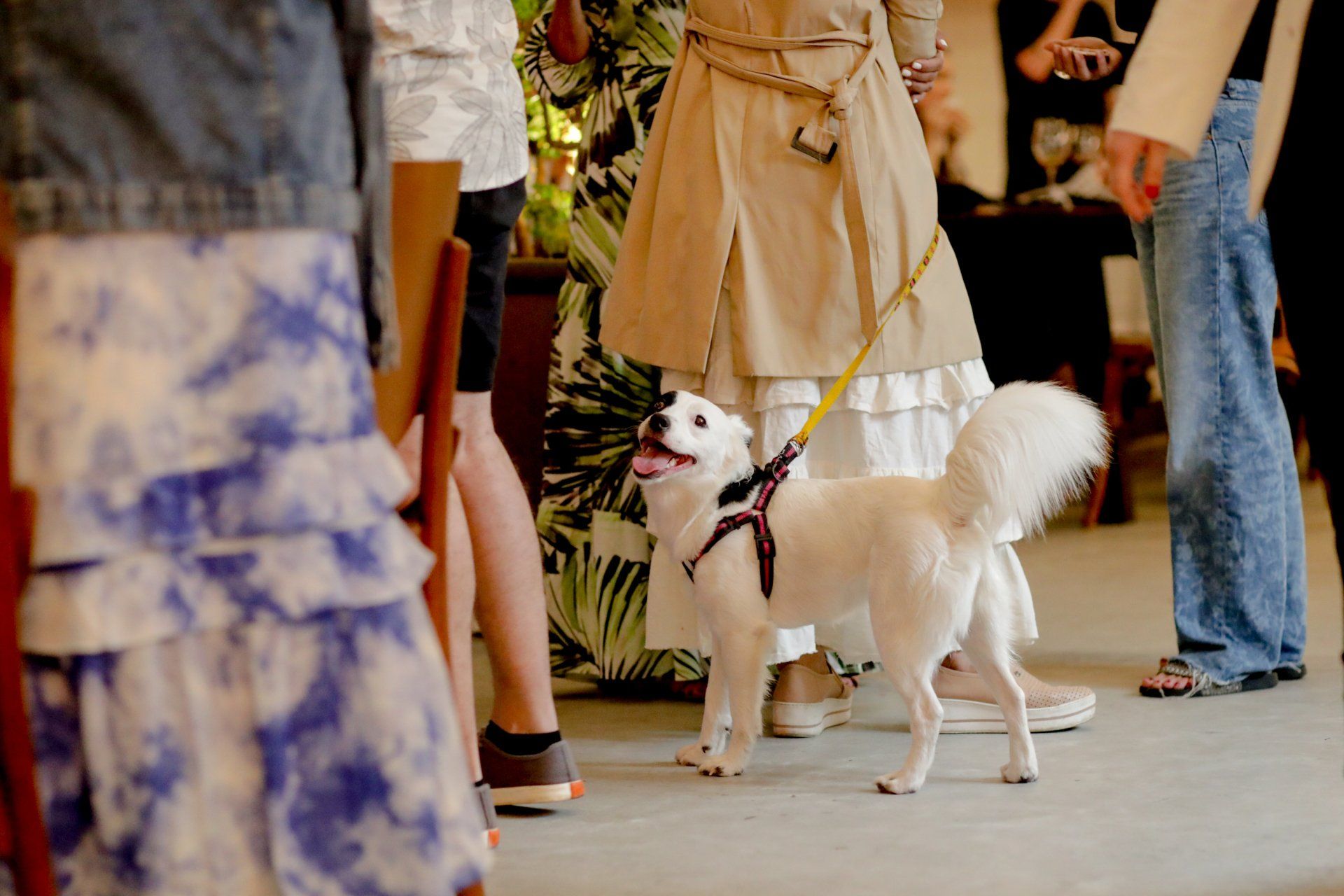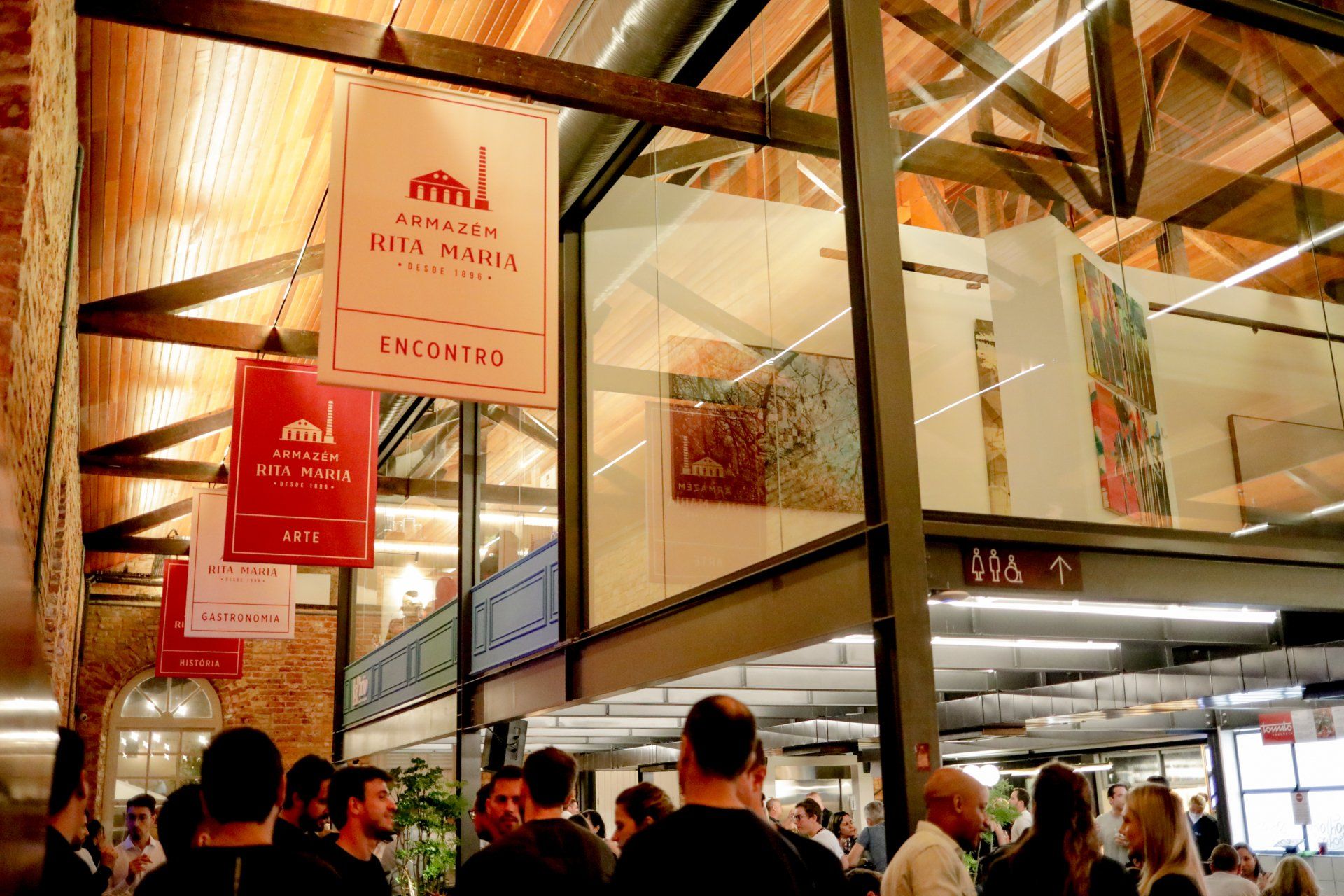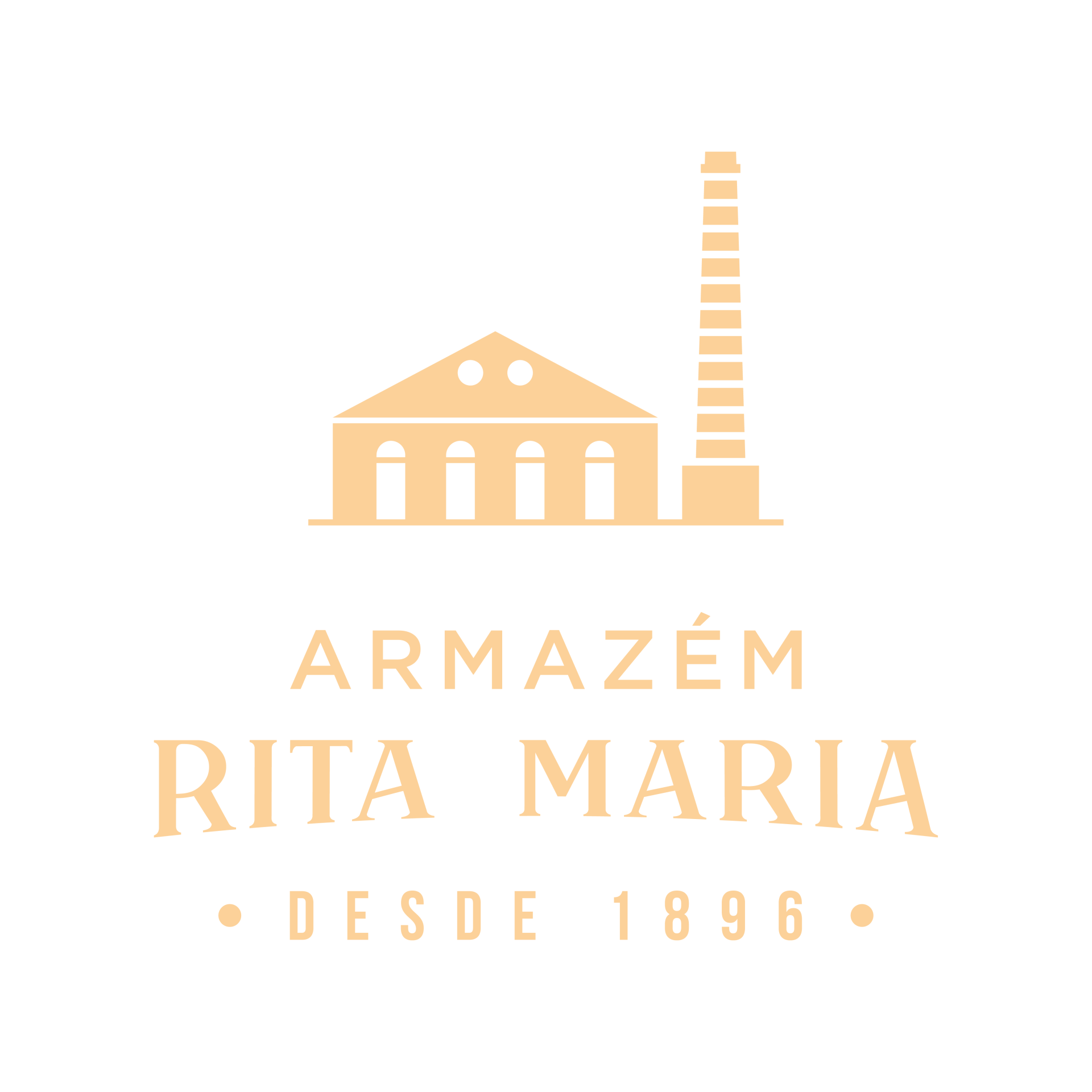History
Welcome to
Armazém Rita Maria
A place to relive the memory of Florianópolis and a fertile soil to create dreams for the future.
Nothing is lost, everything is transformed.
But are the extraordinary people's dreams that drive great transitions. Therefore, it is necessary to honor them and rescue their memory. This was the purpose of Hoepcke Group when restoring and returning to Florianópolis century-old industrial buildings that have so many memories to tell.
Playing with space-time, so that future and past reveal themselves in this place of conviviality. For "manezinhos" - who can revisit their own history and culture, and for tourists and new residents of this city, which has always been so welcoming.
Armazém Rita Maria today occupies the space of an industrial complex of two thousand square meters, in the heart of the city, built by Carl Hoepcke (1844-1924), a German immigrant who arrived in Brazil at the age of 19 to live, work and take care of his family.
Carl Hoepcke was the precursor of Santa Catarina's industrialization process at the end of the 19th century. A time when the spirit of work, hope and progress reigned. He began his journey as an accountant at his uncle Ferdinand Hackradt's trading house, which had been established in Desterro since 1857. However, for having a bolder and more fearless business vision, Carl soon began to lead the expansion of the family business, starting a prosperous trajectory in the sectors of industry and commerce. In a few years, already with a well-respected name in Florianópolis, he founded the Hoepcke National Navigation Company (1895).
In the following year, the visionary built the second nail industry in Brazil, entitled Fábrica de Pontas de Paris Rita Maria, referring to the name of the neighborhood he chose to establish part of his business. Rita Maria was the ideal location for economic reasons; a region undervalued at the time, but had the best conditions for mooring low-draught vessels due to the sea level.
From there, he begins to gradually expand his businesses; the warehouses where the Hoepcke National Navigation Company's cargoes were stored, the ice factory and nail factory. Everything where the Armazém Rita Maria is today.
Historic Heritage of the City
Building's restoration and revitalization
For the important project to revitalize the buildings, Hoepcke Group formed a multidisciplinary team made up of engineers, architects, urban planners, restorers, landscape architects and other professionals. Everything was meticulously planned by this team of specialists with unique and complementary skills. The goal was for the two thousand square meter complex to be able to rescue memories, but also become fertile soil for new dreams.
Throughout the restoration process, each layer of plaster that was removed revealed stories that the structure of the buildings tells. The biggest challenges were the recovery of wooden pieces already deteriorated by time and assembling them with the same architectural typologies of the colonial era. “One of the buildings had a lowered ceiling that, when we removed it, presented us with an incredible surprise: a metal structure brought in at the end of the 19th century from Glasgow, Scotland, and installed in this place where there was a church”, says Jonathan Carvalho, the architect responsible for the restoration.
The intention of the architectural project, according to Jonathan, was to bring the historical setting of these buildings to a contemporary place. Therefore, in addition to exposed bricks and industrial structures, the Carl Hoepcke Institute selected objects to create an expography in all the passages between the buildings, which tells a little about the history of the companies, the family and the functioning of each of the spaces.
One of the objects recovered was the rudder of the Carl Hoepcke ship. The most important of the ships from the Hoepcke National Navigation Company fleet, between 1927 and 1960, provided the most glamorous way of traveling and the contection between Florianópolis and the rest of Brazil.
The arrival of the ship Carl Hoepcke at the Rita Maria pier was like a party. Music bands welcomed passengers and curious people who were waiting for the arrival of the most famous ocean liner in southern Brazil. People wore their best clothes to receive travelers, crew, orders and news.
With three meters high and forged from solid steel, the rudder weighs approximately two tons. Rescued and completely restored, today it stands in front of Armazém Rita Maria - an emblematic place for the ship.
Railroad trolleys that were used to move the loads between the ships, the safe box of one of the companies, propellers and blades of centenary ships, a crane, mooring posts and even a gate that gave access to the offices and workshops of the Arataca Shipyard are some of the other pieces in exposition throughout the multipurpose complex.
A true journey through time in a modern and comfortable space, designed for people, families, pets and their encounters.
Gastronomy, leisure, art, culture and entertainment
From the Hoepcke family's dream, Armazém Rita Maria was born: a multipurpose complex with two thousand square meters of restored area, located near the Hercílio Luz Bridge and Beira-Mar North Avenue. Discover the space:
